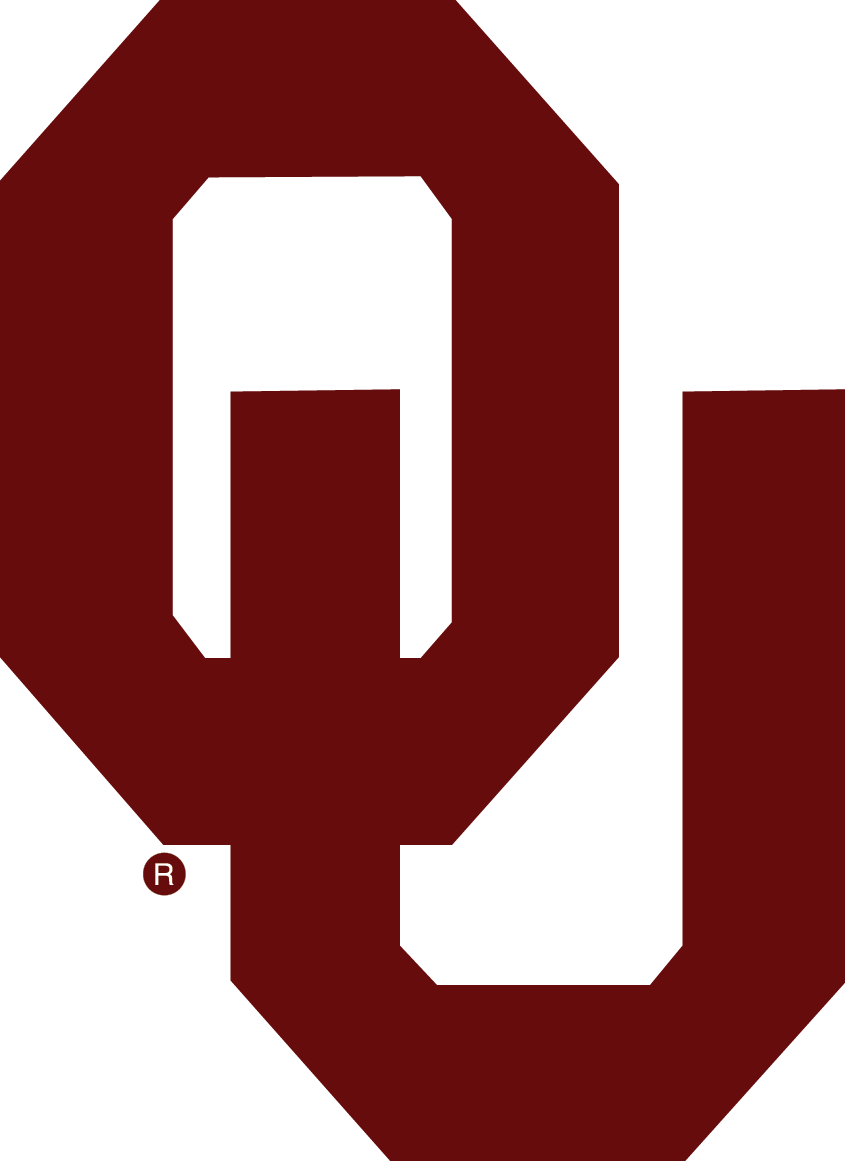Copy the code below and paste into your webpage.
<iframe loading='lazy' src='http://codclinicoperations.ouhsc.edu/hbSections.aspx?ID=2947&embed=true' style='padding: 0; border:0px #ffffff none; overflow: scroll; width: 100%; height: 500px;' name='Life threatening Emergency' scrolling='auto' marginheight='0px' marginwidth='0px' allowfullscreen='true' referrerpolicy='origin-when-cross-origin' frameborder='0' seamless></iframe>
